Published in the Saturday Navbharat Times on 20 April, 2024
What if I told you that the last time I visited a city in Europe, I explored not one, but a total of two—well, actually three—cities all rolled into one? It’s like getting double the pleasure in one visit! Budapest, the pearl of the Danube, is not merely a city but a trilogy of historical treasures waiting to be discovered. The river Danube, flowing gracefully through its core, serves as the lifeblood connecting the three cities of Buda, Pest, and Óbuda. Today, the chain bridge connects the cities of Buda and Pest, which have combined to form the beautiful city of Budapest. But Hungary itself is no stranger to multi-nationalism, with the dual monarchy period of the Austro-Hungarian empire, when Franz Josef 1 ruled both Austria and Hungary together.
Many of Budapest's famous monuments are centered around the river, and I found it impossible to decide which side of the bank was more beautiful. The most impressive building is the Parliament House of Hungary, nestled on the banks of the Danube. Designed by renowned architect Imre Steindl, this neo-Gothic masterpiece commands attention with its imposing façade and intricate detailing. Inspired by the Gothic splendor of Westminster Palace in London, Parliament House is adorned with spires, arches, and ornate decorations, reminiscent of a bygone era.
Sitting at one of the spots by the river with the parliament behind me, I looked out at the
medieval splendor of Buda Castle, perched atop Castle Hill. Unfortunately, the castle was closed at that point, and given that I had been walking all the while, I was secretly happy not to have to walk anymore and enjoyed the panoramic view of the castle. Also on the castle hill was one of the most ornate structures that I have seen. Perched atop Castle Hill with panoramic views of the Danube River, Budapest's Fisherman's Bastion is a stunning example of neo-Gothic and neo-Romanesque architecture. Built in the late 19th century to commemorate the fishermen who defended this stretch of the city walls in medieval times, the Bastion is a whimsical and enchanting structure that captivates visitors with its fairytale-like towers and intricate detailing.
Isn’t it beautiful when an architectural masterpiece is not just pleasing to the eye but also tells us the story and reminds us of the city’s past? The Fisherman's Bastion consists of seven turreted towers, representing the seven Magyar tribes that settled in the Carpathian Basin in the 9th century, as well as a sweeping terrace adorned with colonnades and ornate balustrades.
One of the best ways to enjoy the beauty of the city is a river cruise on the Danube.
Probably the one structure we all know of is the city's iconic Chain Bridge, a symbol of unity connecting Buda and Pest. Designed by English engineer William Tierney Clark and completed in 1849, this iconic structure spans the majestic Danube River, linking the historic districts of Buda and Pest.With its graceful arches and ornate ironwork, the Chain Bridge embodies the spirit of the Romantic era, evoking a sense of grandeur and unity. Its construction marked a pivotal moment in Budapest's history, facilitating trade and transportation between the city's two halves and heralding a new era of prosperity. Beyond its architectural splendor, the Chain Bridge holds a special place in the hearts of Bollywood enthusiasts. The Chain Bridge, with its timeless elegance and dramatic backdrop, has served as a captivating setting for numerous Bollywood films, adding a touch of romance and allure to cinematic narratives. It’s not surprising for most Indian tourists to experience a sense of déjà vu at this bridge, as the Chain Bridge serves as a picturesque backdrop for several memorable scenes in the popular movie “Hum Dil De Chuke Sanam" (1999), directed by Sanjay Leela Bhansali, starring Aishwarya Rai, Salman Khan, and Ajay Devgn in leading roles.
As night falls, Budapest dons a new guise, with its illuminated landmarks casting a spellbinding glow upon the Danube. I decided to take a walk at night and was enjoying the illuminated beauty of the Parliament House and the Fisherman’s Bastion. While walking on the river bank, I came across the Shoes on the Danube, a poignant memorial and a symbol of resilience and remembrance in Budapest. Situated on the banks of the Danube River, near the Parliament House, this moving installation consists of 60 pairs of iron shoes, representing the Jews who were tragically murdered along the river during World War II. As the Danube flows quietly beside them, visitors pay their respects, reaffirming the vow to never forget and to strive for a world where such atrocities can never happen again.
Whether you're looking to unwind after a day of sightseeing, soothe tired muscles after outdoor adventures, or simply indulge in a moment of self-care, Hungary's thermal baths offer a blissful retreat where you can soak away your cares and embrace a sense of relaxation and rejuvenation amidst the country's rich cultural heritage.These thermal baths, often located in historic buildings or natural settings, offer a sanctuary for visitors to unwind, rejuvenate, and immerse themselves in the therapeutic waters. Budapest itself has many thermal baths like the regal Széchenyi and the Ottoman-era Rudas Baths and Gellert baths. After searching for the right baths, we realized that our hotel itself had thermal waters in the hotel’s very own spa, and the evening was spent in the spas of the hotel! About 2 hours from Budapest,Lake Hévíz is a natural thermal lake located near the town of Hévíz in western Hungary, renowned for its healing properties and serene beauty. It is the second-largest thermal lake in the world and the largest biologically active natural thermal lake, making it a unique and sought-after destination for wellness and relaxation.
But Budapest's allure extends beyond its urban charm. A short drive away lies Lake Balaton, Hungary's serene retreat, where the great poet Rabindranath Tagore once found inspiration. Tagore's visit to Lake Balaton left a lasting impression on the local community and served as a symbol of cultural exchange and friendship between Hungary and India. The statue, erected in his honor, stands as a reminder of his legacy and his contributions to literature, philosophy, and the arts. North of Budapest, the river bend of the Danube Bend and the charming village of Szentendre beckon with their picturesque landscapes and artistic allure, perfect for a day trip from the bustling city. When making your way back from Budapest, don’t forget to visit the great market hall and stock up on the iconic Hungarian paprika, a culinary gem that adds a fiery touch to traditional dishes like paprikash, and some Hungarian wine.






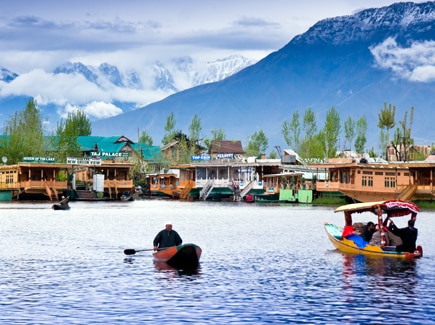

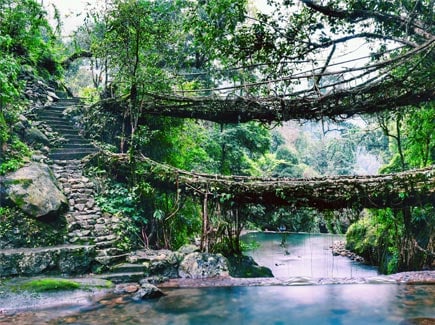
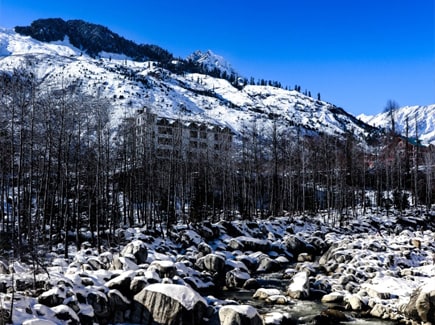

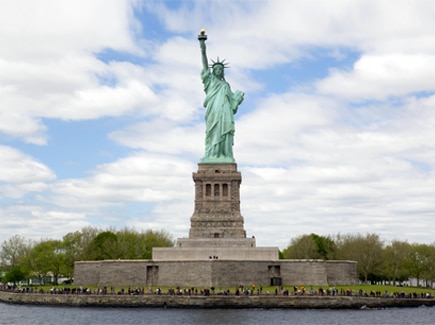
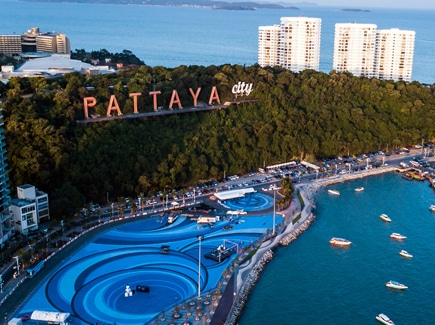
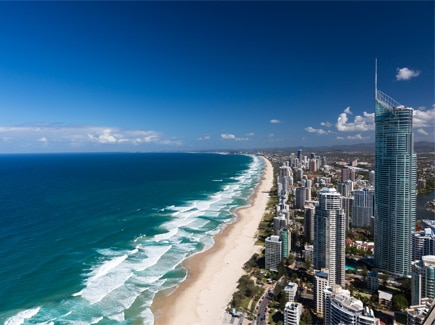









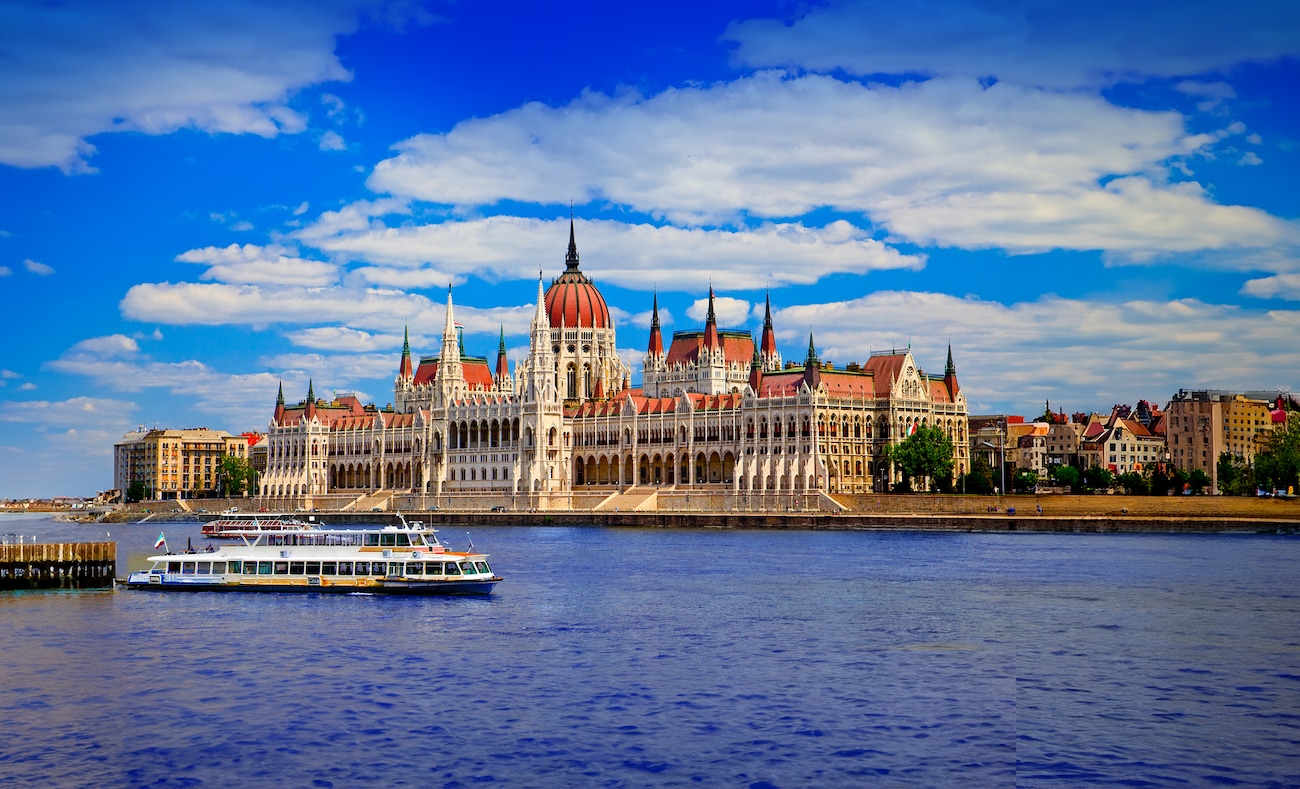





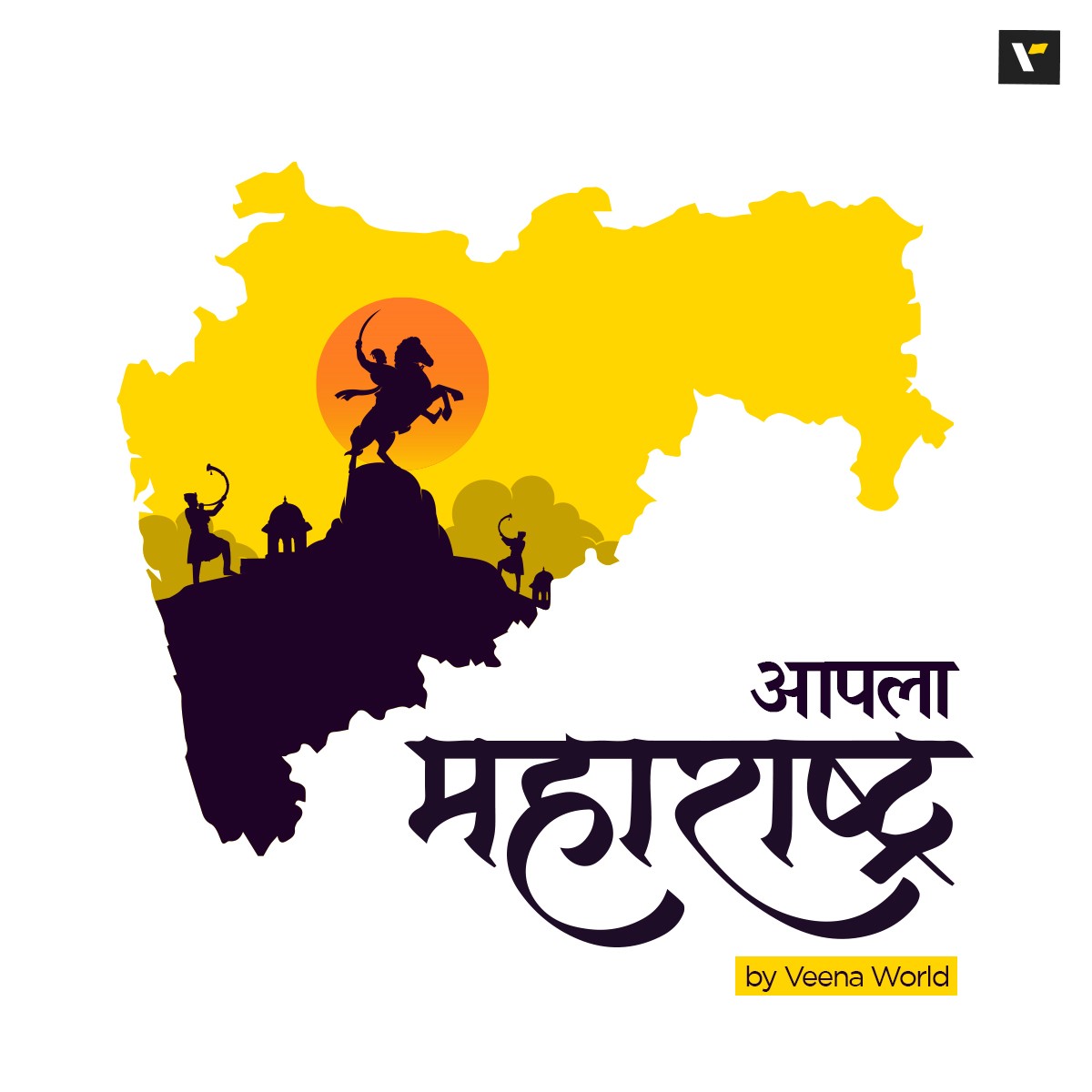













Post your Comment
Please let us know your thoughts on this story by leaving a comment.